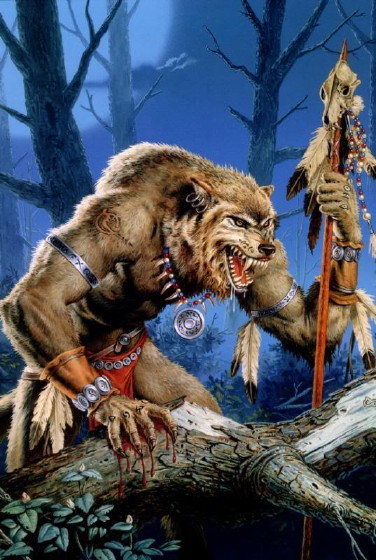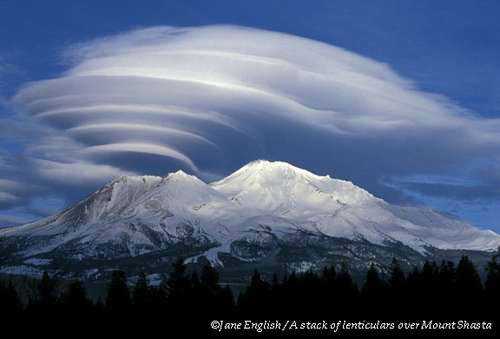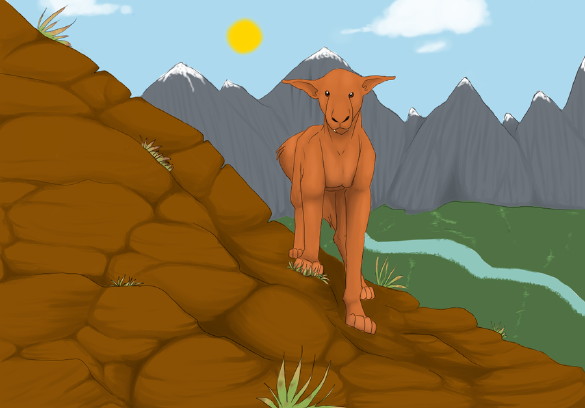Sun 15 Dec 2019
Fairies: the true and the untrue
Posted by PJ under aliens, cryptids, fairies, folklore, tricksters, truth
No Comments

I’ve been doing research reading on fairies the last couple of weeks for the current WIP. I admit that watching Hellier Season 2 (now available, along with season 1, for free on YouTube and hellier.tv) has inspired me even more, although this post is only tangentially about Hellier. What I say below, certainly, can’t be applied to the Hellier experience, but I can’t help seeing parallels between Faery and aliens. I am far from the first to see these parallels. My first exposure to this idea was in Passport to Magonia by Jacques Vallee back in the 70s. Hellier moves in the same dreamlike terrain, weaving through the twilight world of UFO contactees, abductees, and experiencers, as well as many other strange and wonderful things.
In folklore, things with the fairies (a term you can take throughout this post to apply equally to aliens, goblins, and trickster characters of your choice) can be both true and untrue simultaneously. They can be the human dead, and not the human dead; of this world and not; sinister and friendly. The bodies of humans can remain where they are—in trance or dreams or a death-like state—and their souls can still be off traveling with the fae.
Which, if you think about it, adds a whole ‘nother dimension to the true/not true stories of alien contactees: both the current crop of “alien abductees,â€* I believe, and the old-fashioned contactee stories of people like Woodrow Derenberger (he of Mothman/Indrid Cold fame) and George Adamski (who claimed to have flown to the Moon and other planets with Nordic aliens). When you combine that true/untrue with the notion held in folklore that fairies often favor humans who transgress human laws and play fast and loose with human truth, it brings even deeper dimension to these accounts.
However, there are two things that the fairies of folklore will not tolerate: people who lie to them, and those who tell too many of their secrets. So a mortal may find great favor with them—may even, one supposes fly with them to Lanulos or the Moon or be shown great secrets and marvels—but the second they transgress those fairy rules, they will be punished. Perhaps the golden medals they received will turn to cheap tin knock-offs; perhaps their lives will become a horrorshow of hounding by the press or (maybe even worse) true believers; perhaps every transgression or tall tale or prejudice or human fallacy will be laid bare before the public and ridiculed. Whom the fairies elevate, they can also cast down without mercy.
*ETA: I didn’t mean to imply that people reporting alien abductions are either fakers or liars. There seems to be something genuine going on there, and sincere belief on the part of most of the experiencers, but at this point it’s difficult to know precisely what’s going on except to say it’s tricksterish in nature.






